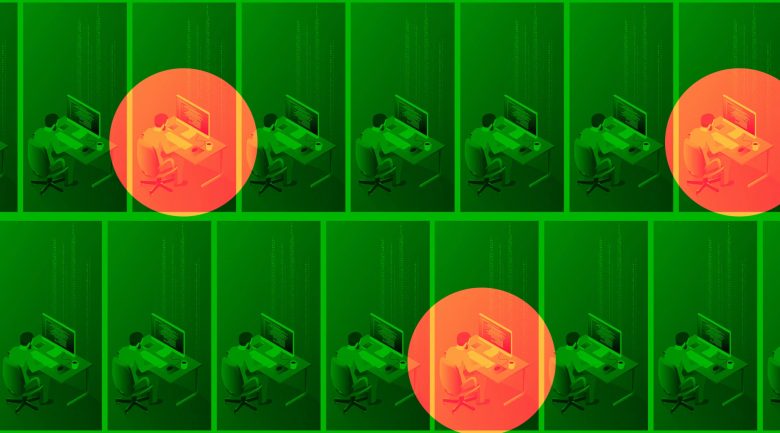Did you know that 60% of small businesses using AI or automation in their marketing report saving time and working more efficiently? As we move into 2025, the debate between manual and AI-driven marketing strategies has reached a tipping point for small businesses. This comparison will shed light on the cost-effectiveness of both approaches, helping you make informed decisions for your marketing efforts.
The Manual Marketing Approach
Traditional manual marketing strategies have been the backbone of small business promotion for decades. These methods often involve:
- Creating content and social media posts by hand
- Manually analyzing customer data and market trends
- Personally responding to customer inquiries and comments
- Designing ad creatives and graphics from scratch
While these approaches offer a personal touch, they come with significant time and resource investments. Small businesses often find themselves stretched thin, trying to maintain consistent marketing efforts alongside their core business operations.
The AI-Driven Marketing Revolution
AI-powered marketing tools have democratized advanced marketing techniques, making them accessible to businesses of all sizes. Some key AI marketing applications include:
- Automated content creation and curation
- AI-powered chatbots for customer service
- Data-driven customer segmentation and targeting
- Predictive analytics for campaign optimization
These tools promise increased efficiency and cost-effectiveness, but do they deliver?
Cost Comparison: Time and Resources
When it comes to time savings, AI clearly takes the lead. According to recent studies, 33% of small businesses estimate they have saved more than 40 minutes per week on marketing by using AI or automation. This time saving translates directly into cost savings, allowing small business owners and employees to focus on core business activities.
Moreover, AI tools can operate 24/7, providing constant customer service and data analysis without the need for overtime pay or additional staff. This round-the-clock operation can significantly reduce labor costs associated with marketing efforts.
ROI: Measuring the Impact
The return on investment (ROI) for marketing efforts is a crucial metric for small businesses. AI-driven marketing strategies have shown promising results in this area. In 2024, Semrush reported that 68% of small businesses have seen an increase in their ROI from content marketing and search engine optimization (SEO) after using AI tools.
Furthermore, AI enables more precise targeting and personalization, leading to higher conversion rates. This improved efficiency means that marketing budgets can be allocated more effectively, potentially reducing overall spending while increasing results.
The Cost of Implementation
While AI tools can offer significant benefits, it’s important to consider the initial investment required. Many small businesses worry about the cost of implementing AI solutions. However, the landscape is changing rapidly, with many affordable AI marketing tools now available.
Interestingly, a study by Unbounce revealed that 32% of companies investing in AI marketing tools spend less than $1,000 annually on their marketing efforts. This is compared to only 12% of businesses not using AI that manage to keep their marketing spend under $1,000 per year.
Scalability and Growth
As small businesses grow, their marketing needs evolve. Manual marketing strategies often struggle to scale efficiently, requiring additional staff and resources as the business expands. In contrast, AI-driven marketing tools are designed to scale seamlessly, adapting to increased data volumes and more complex marketing requirements without a proportional increase in costs.
The Human Touch: A Consideration
While AI excels in many areas, the value of human creativity and intuition in marketing shouldn’t be underestimated. The most effective approach for many small businesses may be a hybrid model, leveraging AI for data analysis, routine tasks, and optimization while relying on human insight for strategy and creative direction.
As we look towards the future of small business marketing, the shift towards AI-driven strategies is becoming increasingly clear. The cost-effectiveness, time savings, and improved ROI offered by AI tools make them an attractive option for SMBs looking to maximize their marketing impact on limited budgets.
However, the decision between manual and AI-driven marketing isn’t binary. The most successful small businesses will likely find a balance, using AI to enhance their marketing efforts while maintaining the personal touch that sets them apart from larger competitors.
As AI technology continues to evolve and become more accessible, small businesses that embrace these tools early will be well-positioned to compete in an increasingly digital marketplace. By carefully considering the costs, benefits, and unique needs of your business, you can craft a marketing strategy that leverages the best of both worlds – the efficiency of AI and the creativity of human insight.




